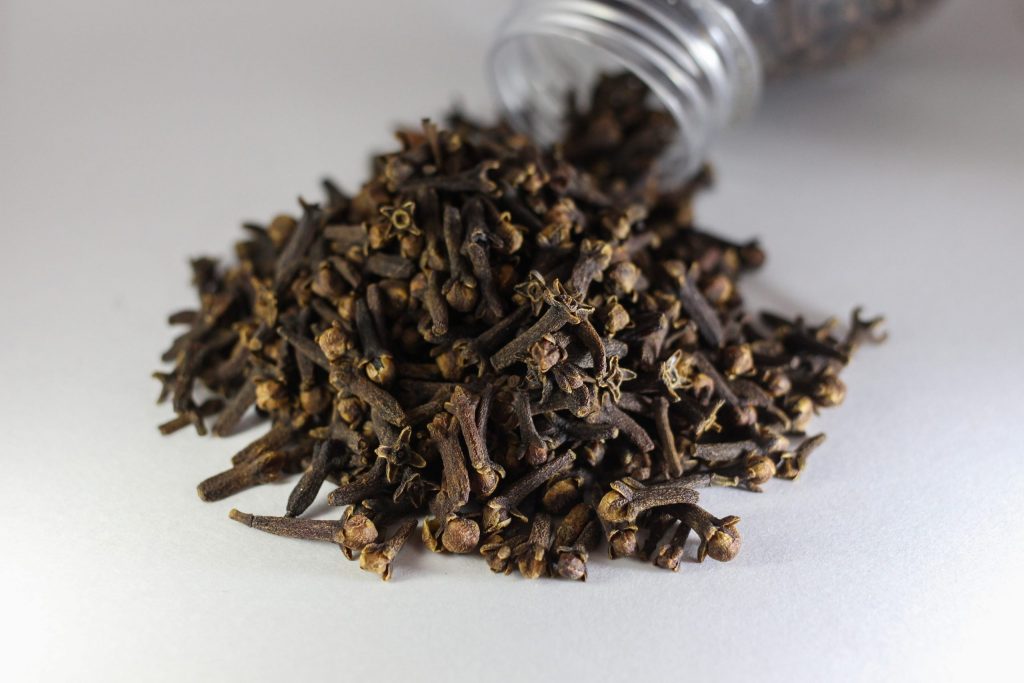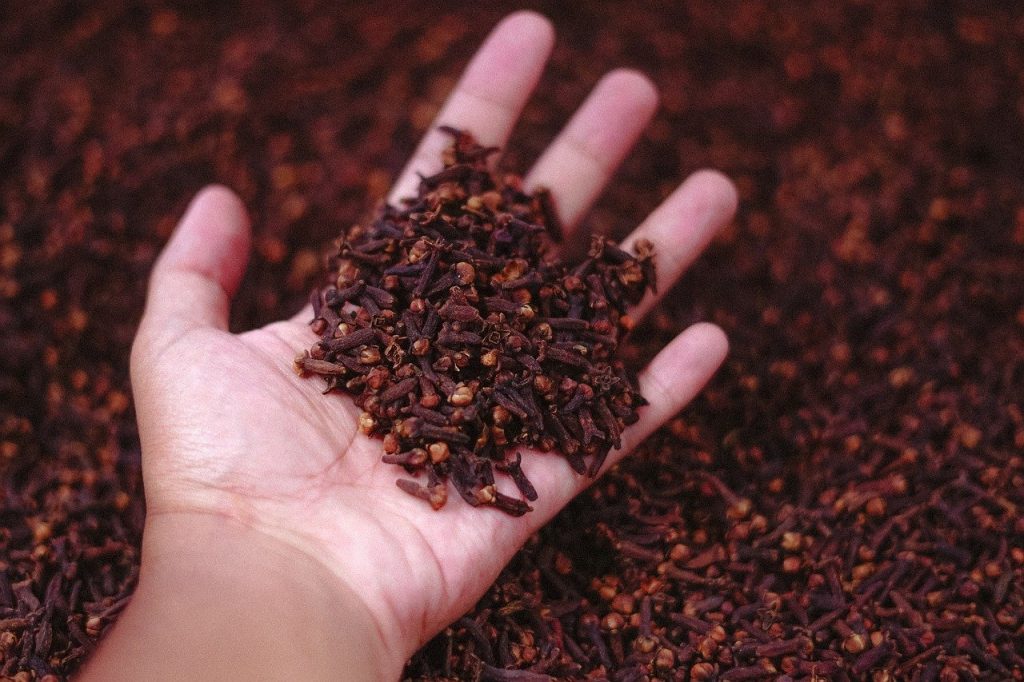
Menopause is a natural phase in a woman’s life, marking the end of her reproductive years. It comes with various symptoms, including hot flashes, mood swings, and weight gain. With the rising popularity of intermittent fasting (IF), many postmenopausal women are exploring its potential benefits. This comprehensive guide will delve into the relationship between intermittent fasting and menopause, focusing on managing hot flashes and achieving weight loss.
Understanding Menopause and Its Symptoms
Menopause typically begins in a woman’s late 40s to early 50s, although it can start earlier or later. The most common symptoms include:
- Hot Flashes: Sudden feelings of warmth, usually in the face, neck, and chest.
- Weight Gain: Especially around the abdomen.
- Mood Swings: Including irritability, depression, and anxiety.
- Sleep Disturbances: Difficulty falling asleep or staying asleep.
Intermittent Fasting: A Brief Overview
Intermittent fasting involves cycling between periods of eating and fasting. It’s not about what you eat, but when you eat. Common IF methods include the 16:8, where you fast for 16 hours and eat during an 8-hour window, and the 5:2 diet, where you eat normally for five days and consume very few calories on two non-consecutive days.
Can Intermittent Fasting Alleviate Menopausal Symptoms?
- Hot Flashes and IF: Some women report a reduction in hot flashes when practicing IF. This could be due to stabilized blood sugar levels, which can influence body temperature regulation. However, others might experience an increase in hot flashes during fasting periods. It’s essential to monitor your body’s response and adjust accordingly.
- Weight Management: IF can help postmenopausal women combat the weight gain often associated with this phase. By creating a calorie deficit and improving insulin sensitivity, IF can aid in weight loss and belly fat reduction.
- Mood and Sleep: While some women find that IF enhances their mood and sleep, others might experience the opposite. It’s crucial to find a fasting schedule that aligns with your body’s needs.
Crafting an Intermittent Fasting Regimen for Menopause
- Flexible Fasting Windows: Given the hormonal fluctuations during menopause, flexibility is key. Some days might be conducive to a 14:10 approach, while others might favor a 16:8 window.
- Nutrient-Dense Foods: Prioritize foods rich in calcium for bone health, omega-3s for cognitive function, and magnesium for muscle relaxation. Our detailed guide on foods to prioritize during intermittent fasting offers a plethora of options.
- Hydration: With the propensity for hot flashes, maintaining optimal hydration levels becomes crucial. Herbal teas, infused waters, and electrolyte-rich beverages can be beneficial.
Expert Insights and Anecdotal Evidence
Prominent figures in the health and wellness sphere have shed light on the nuances of combining intermittent fasting with menopause. Anecdotal evidence suggests that many women find relief from certain symptoms through a tailored IF approach. For a deeper dive, explore our comprehensive guide on intermittent fasting for women.
Navigating Potential Challenges
- Bone Health: Extended fasting can impact bone density. Ensure your diet is replete with bone-supporting nutrients and engage in weight-bearing exercises.
- Emotional Well-being: The emotional undulations of menopause can be profound. Ensure that IF doesn’t exacerbate feelings of anxiety or despondency.
Conclusion
Intermittent fasting offers a promising approach for managing some menopausal symptoms. However, it’s essential to tailor the regimen to individual needs and consult with healthcare professionals.
Further Reading
For those keen to delve deeper into the world of intermittent fasting and its implications during menopause, we’ve curated a list of articles from our collection:
- Intermittent Fasting and PCOS
- Coffee and Fasting: All Your Questions Answered
- Bulletproof Coffee and Fasting: All You Want to Know
- Intermittent Fasting for Women
FAQs on Intermittent Fasting and Menopause
- What exactly is intermittent fasting?
- Intermittent fasting is a dietary approach where individuals cycle between periods of eating and fasting, focusing more on when to eat rather than specific foods.
- How does menopause affect a woman’s body?
- Menopause marks the end of a woman’s reproductive years and is accompanied by hormonal changes. This can result in symptoms like hot flashes, weight gain, mood swings, and sleep disturbances.
- Is intermittent fasting beneficial during menopause?
- Some women find intermittent fasting helpful in managing menopausal symptoms, especially weight gain. However, individual experiences may vary.
- Can intermittent fasting exacerbate hot flashes?
- While some women report a reduction in hot flashes with IF, others might experience an increase. It’s essential to monitor and adjust based on your body’s response.
- Are there specific foods to focus on during menopause while practicing IF?
- Yes, foods rich in calcium, omega-3s, and magnesium are particularly beneficial during menopause. For a detailed list, refer to our guide on foods to prioritize during intermittent fasting.
- How can I ensure my bone health while practicing IF during menopause?
- Prioritize foods that support bone health, like dairy products, leafy greens, and fish. Additionally, engage in weight-bearing exercises.
- Is it safe to practice extended fasting during menopause?
- Extended fasting can impact bone density and other aspects of health. It’s crucial to consult with a healthcare professional before embarking on prolonged fasts.
- How can I tailor my intermittent fasting regimen during menopause?
- Listen to your body, be flexible with fasting windows, and prioritize nutrient-dense foods. Adjust based on how you feel and consult with experts if needed.
- Are there any experts who provide insights on intermittent fasting during menopause?
- Yes, several health and wellness experts discuss the nuances of intermittent fasting during menopause. Our article on intermittent fasting for women offers a deep dive into this topic.
- Can intermittent fasting help with menopausal weight gain?
- Many women find intermittent fasting beneficial in managing the weight gain often associated with menopause. By creating a calorie deficit and improving metabolic health, IF can aid in weight loss.
Blog Tags: Menopause, Intermittent Fasting, Hot Flashes, Weight Loss, Perimenopause, Fasting and Menopause, Menopausal Symptoms, Intermittent Fasting for Women, Menopausal Weight Gain.
















